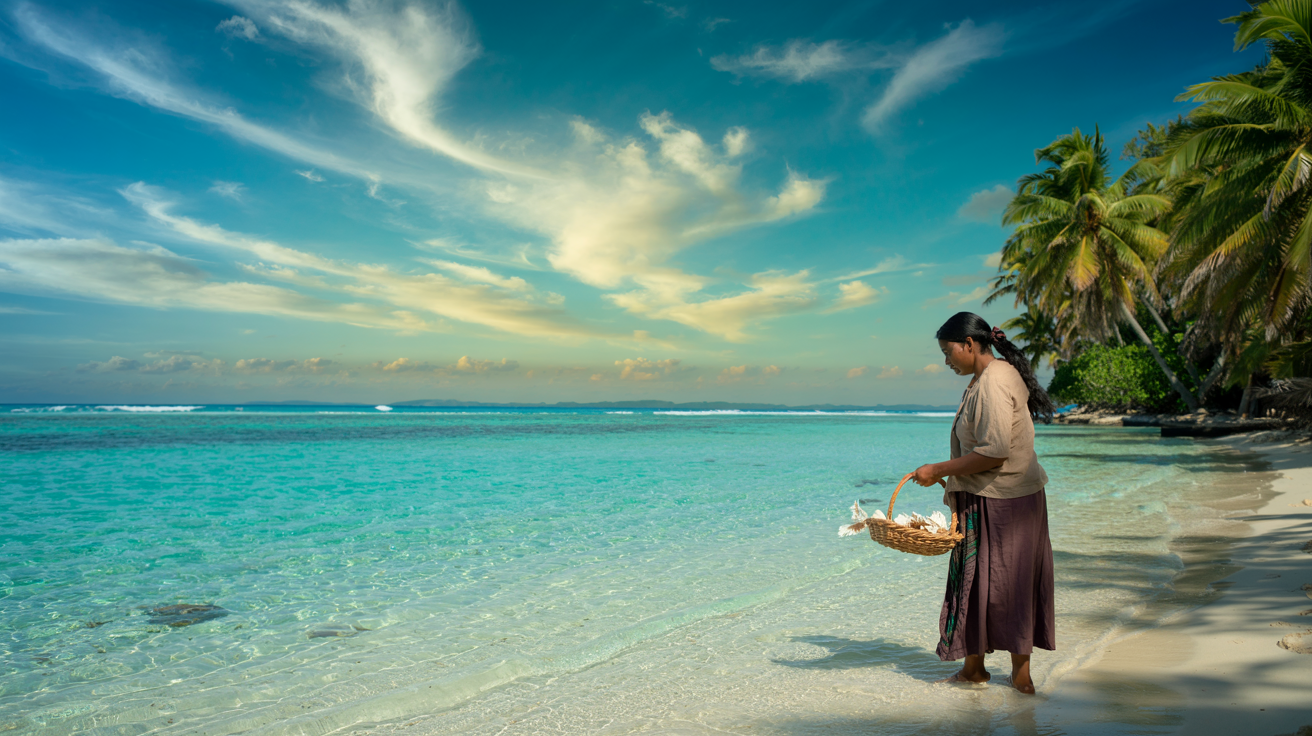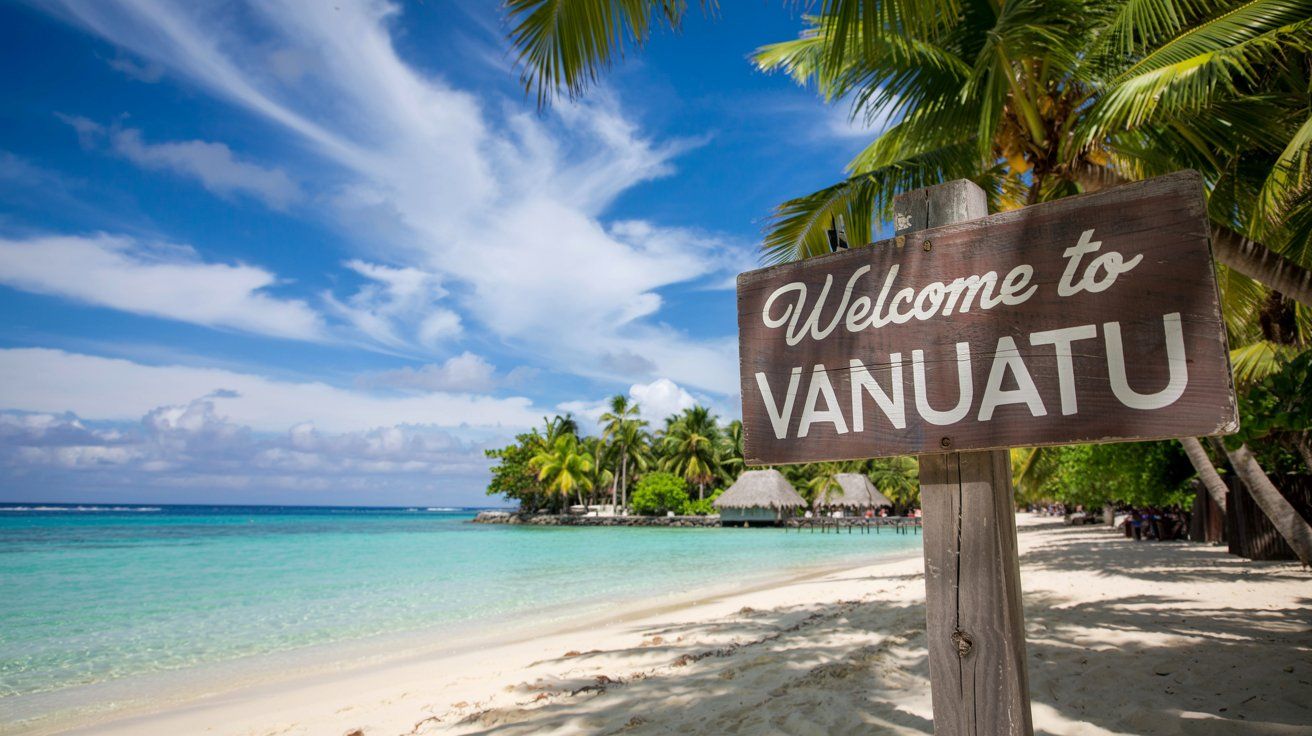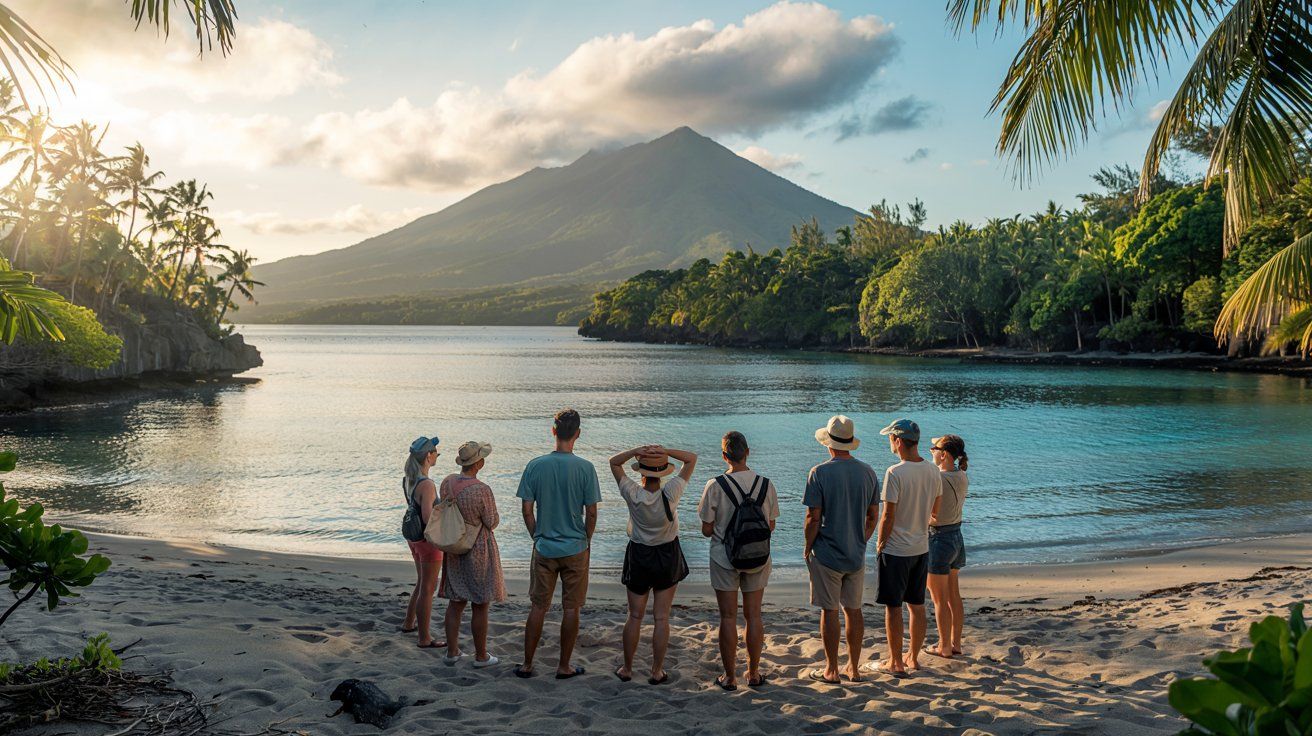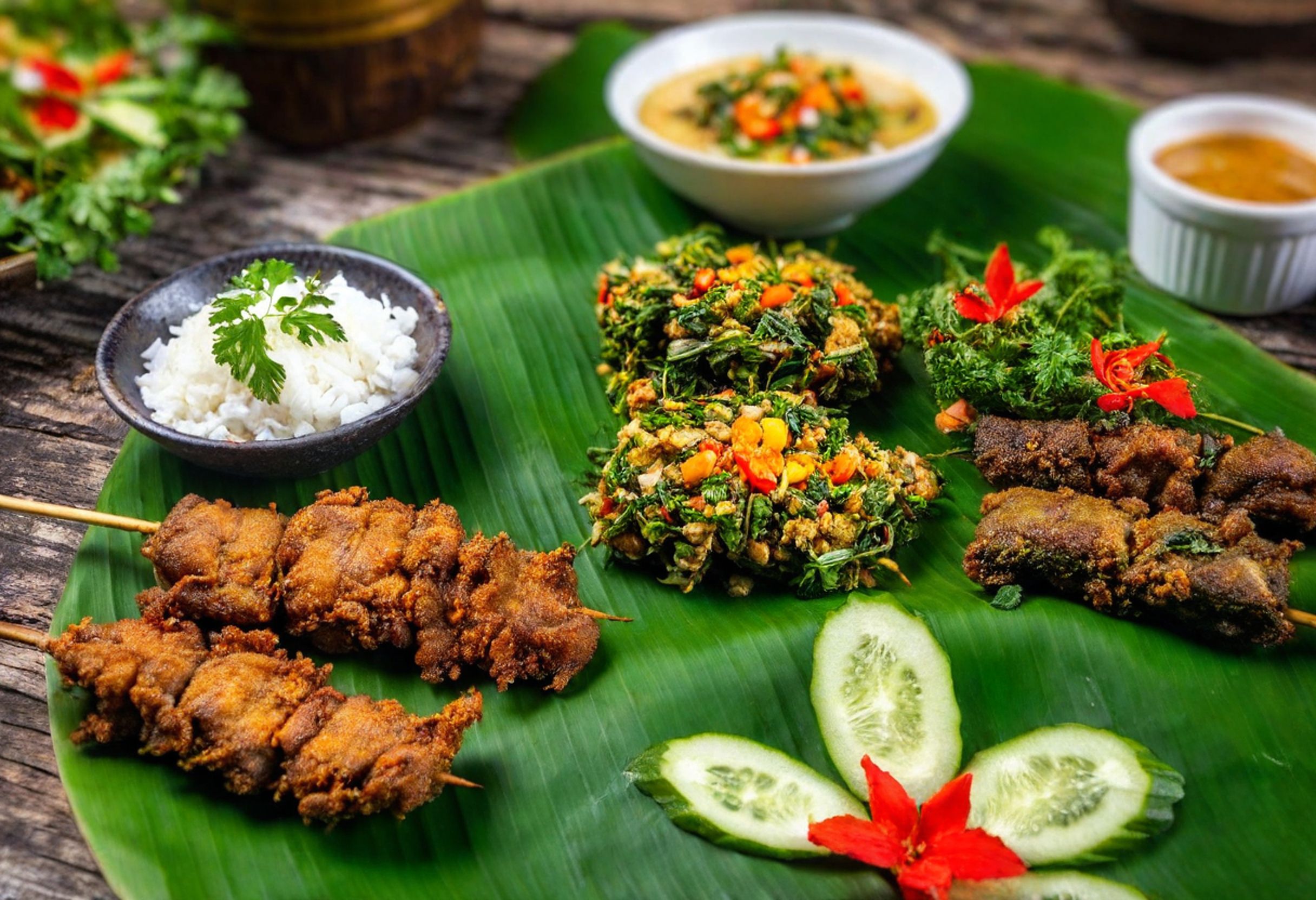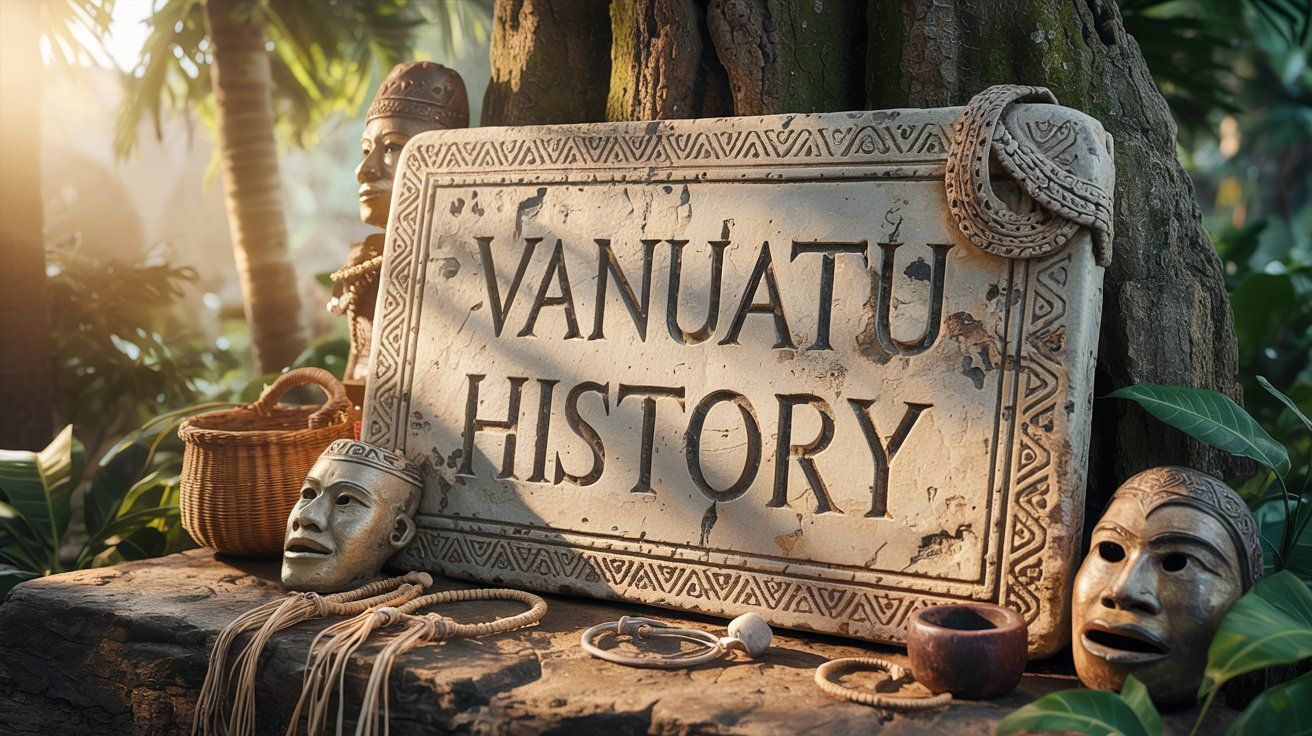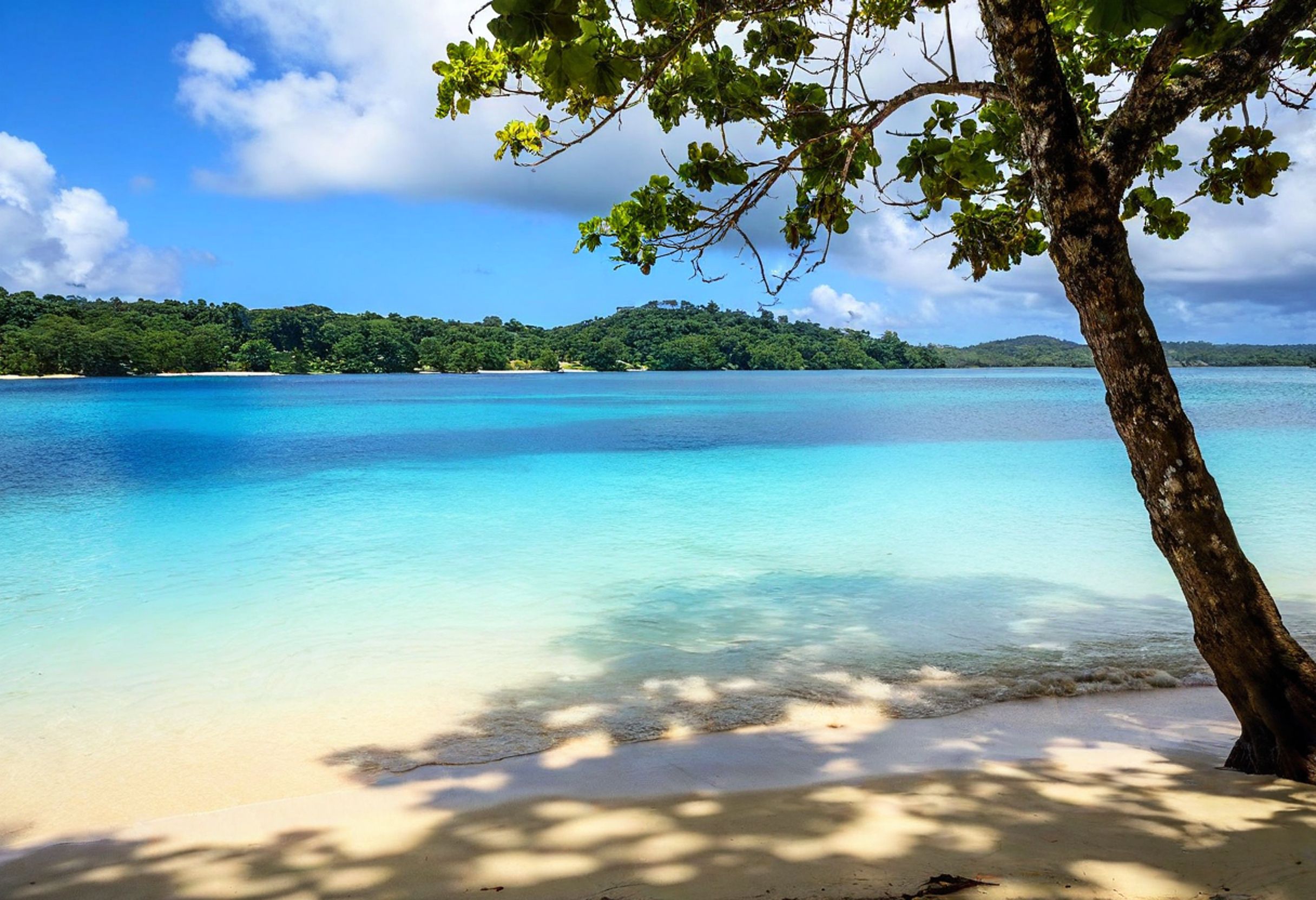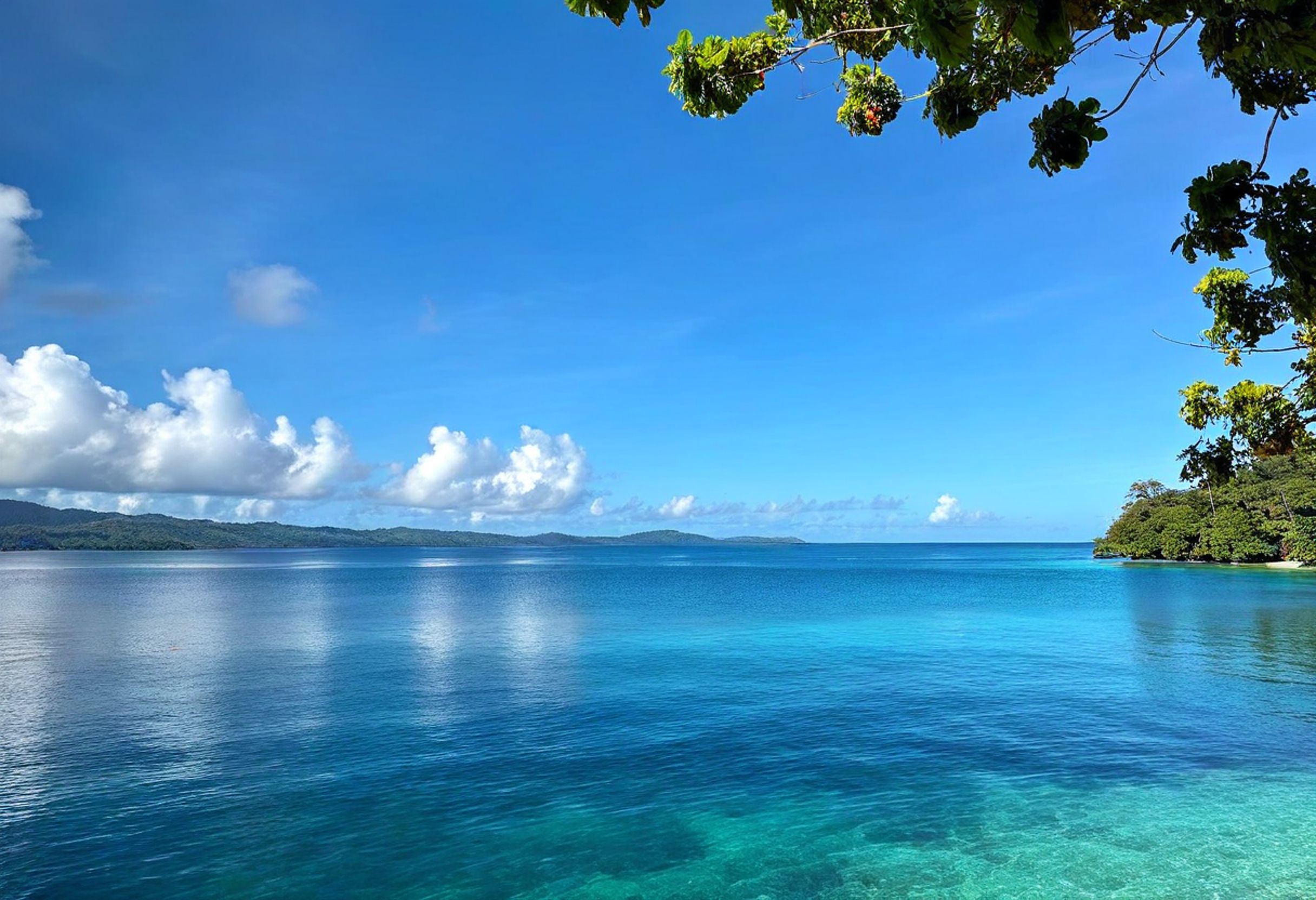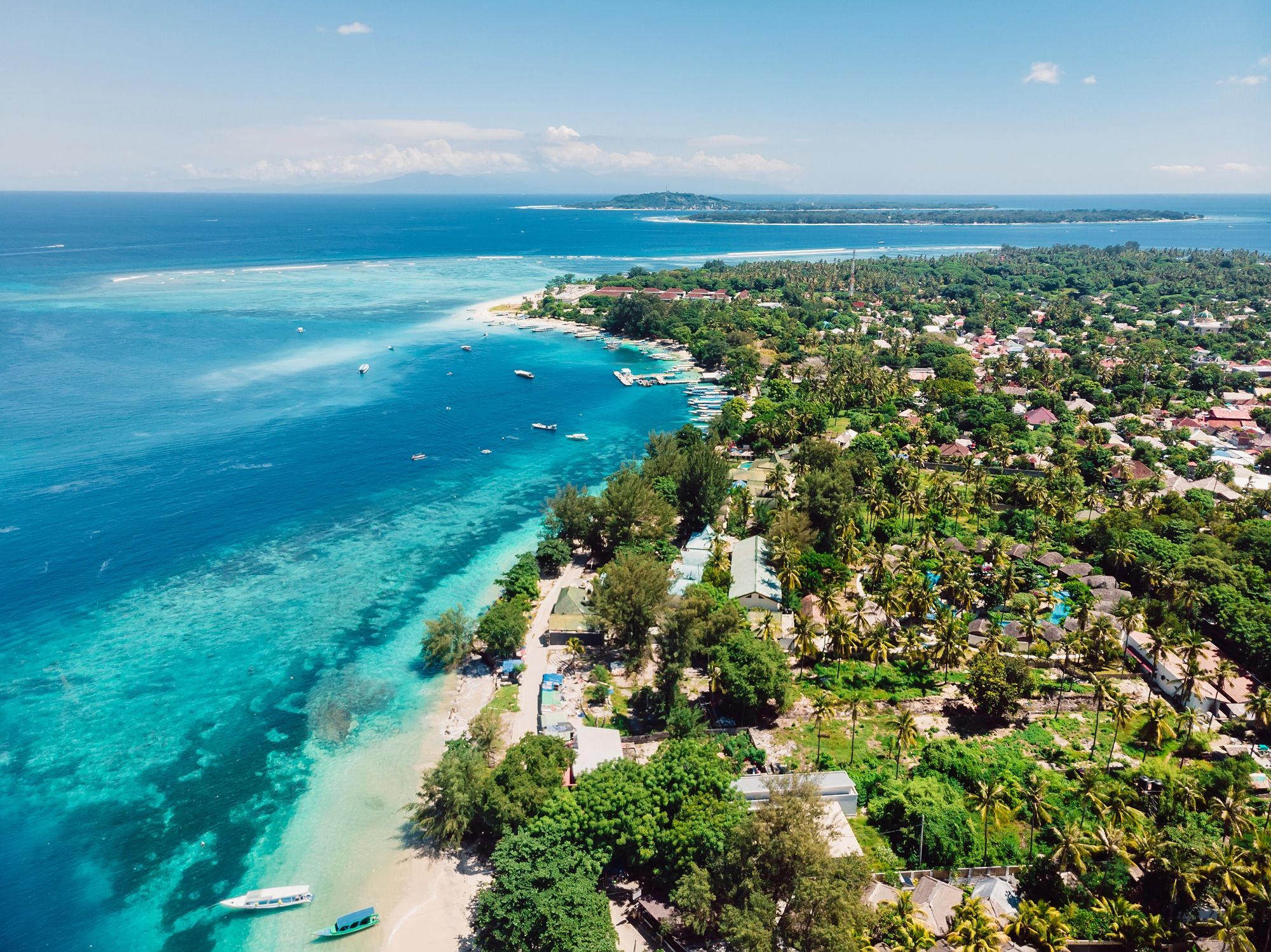The Trump administration’s recent decision to open the Pacific Islands Heritage Marine National Monument to commercial fishing has sparked significant controversy among environmentalists and marine conservationists. This marine protected area, established in 2009 to safeguard delicate ecosystems, spans a vast 1,282,534 square kilometers in the central Pacific Ocean.
With the reversal of protections, a debate is brewing between advancing economic interests and preserving marine biodiversity. Here’s everything you need to know about the decision and its wider implications.
From overwater bungalows to beachfront resorts, find your perfect stay in this island nation of more than 80 islands. Instant booking with best price guarantee!
Browse Accommodations Now
What Is the Pacific Islands Heritage Marine National Monument?
The Pacific Islands Heritage Marine National Monument was designated by President George W. Bush in 2009 as one of the world’s largest marine protected areas. Covering a staggering area of over 1.2 million square kilometers, the monument serves as a haven for countless marine species and preserves one of Earth’s most pristine tropical ocean ecosystems.
Why Was It Created?
This protected marine area was established to ensure the longevity of fragile coral reefs, migratory fish species, and diverse underwater habitats. By restricting activities such as commercial fishing, these safeguards allowed marine species to thrive away from human disturbances.
The monument also functions as a critical sanctuary for endangered marine life, providing a rare glimpse into untouched underwater ecosystems.
The Trump Administration’s Proclamation: A Bold Move
President Donald Trump issued a proclamation permitting commercial fishing in this previously protected zone. The administration justified the decision on economic grounds, arguing that existing restrictions were detrimental to the U.S. fishing industry.
According to the executive order, competition from international seafood markets and trade practices had left domestic fisheries at a disadvantage.
The Reasoning Behind the Policy Shift
- Economic Boost: The administration claimed that lifting restrictions would provide relief to domestic fishing industries struggling with overregulation and global competition.
- Regulatory Overhaul: Commerce Secretary Howard Lutnick has pledged to identify and amend policies that have been deemed overly burdensome to commercial fisheries.
- Strategic Trade Measures: The executive order emphasized the development of a seafood trade strategy to bolster the standing of U.S. seafood markets globally.
The Environmental Backlash
Environmental groups and conservation advocates were quick to condemn the move, labeling it a shortsighted policy that could deal a devastating blow to marine biodiversity. Organizations like Earthjustice highlighted the threats posed to fragile ecosystems, warning that the rollback of protections could lead to habitat degradation and species depletion.
What Experts Are Saying
David Henkin, an attorney with Earthjustice, criticized the policy shift, calling it a direct threat to “one of the most pristine tropical marine environments in the world.” Conservation groups have vowed to mount legal challenges to prevent the irreversible damage that could stem from reopening these waters to industrial fishing operations.
A Broader Pattern: Trump’s Second Target on Marine Protection
This isn’t the first time Trump’s administration has sought to reshape marine conservation policies. Similar measures during his first term also aimed to open protected waters to commercial activity.
The Global Perspective
Marine stewardship is a cornerstone of international efforts to combat climate change and protect wildlife. Making decisions that prioritize short-term economic benefits can lead to long-term consequences for both local ecosystems and global environmental health.
Connecting This Issue to Vanuatu’s Conservation Success
This debate about balancing industry with conservation draws immediate parallels to the Pacific island nation of Vanuatu. Known for its thriving coral reefs and progressive marine protection initiatives, Vanuatu has set a global example of how to responsibly manage ocean ecosystems.
The nation has carefully balanced economic reliance on its marine resources with steadfast commitments to habitat preservation. This approach offers a blueprint for sustainable development that other regions, including the U.S., could learn from.
Vanuatu highlights the power of conservation to coexist with commerce. Through marine protected areas and traditional resource management practices such as “tabu” zones, Vanuatu has displayed how cultural knowledge and modern governance can protect marine environments for future generations.
The Trump administration’s decision to open protected waters for fishing serves as a critical reminder of the need for sustainable marine policies. From the delicate reefs of Vanuatu to the vast stretches of the Pacific Islands Heritage Marine National Monument, conservation efforts are integral to preserving not just diverse ecosystems but the livelihoods and cultures that depend on them.
Here is the source article for this story: Trump opens up fishing in protected areas of central Pacific Ocean
Find available hotels and vacation homes instantly. No fees, best rates guaranteed!
Check Availability Now

